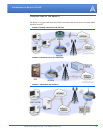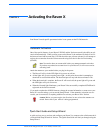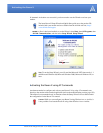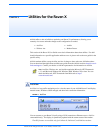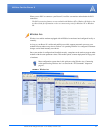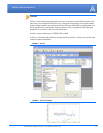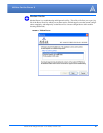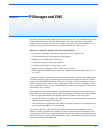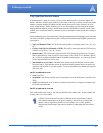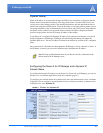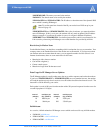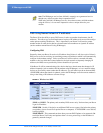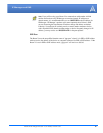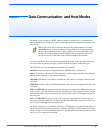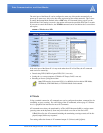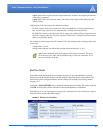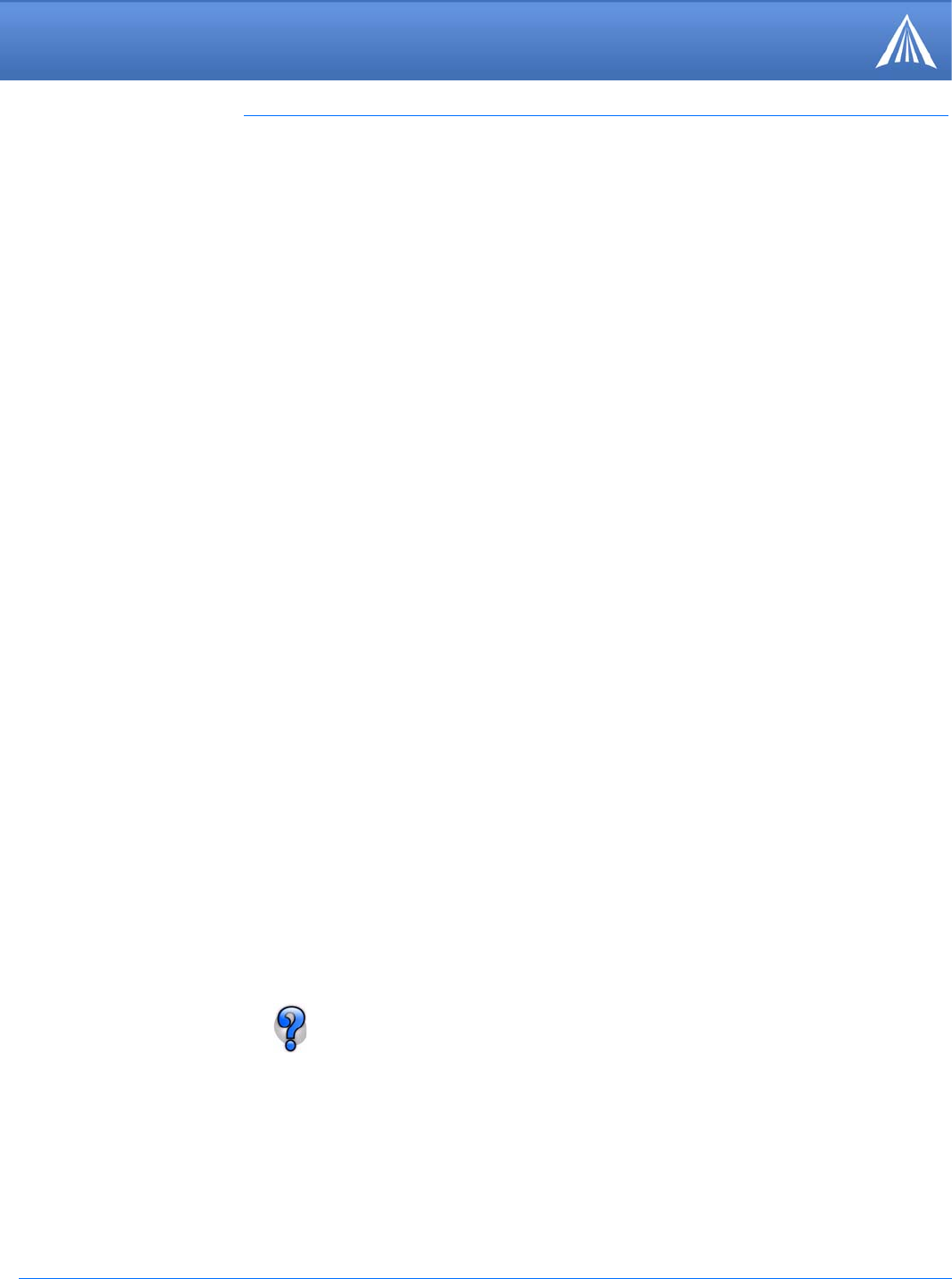
Raven X EV-DO for Verizon - User Guide, version 2.34 12
IP Manager and DNS
Fully Qualified Domain Name
A domain name is a name of a server or device on the Internet which is associated with an IP
address. Similar to how the street address of your house is one way to contact you and your phone
number is another, both the IP address and the domain name can be used to contact a server or
device on the Internet. While contacting you at your house address or with your phone number
employ different methods, using a domain name instead of the IP address actually uses the same
method, just a word based name is commonly easier to remember for most people than a string of
numbers.
Understanding the parts of a domain name can help to understand how IP Manager works and what
you need to be able to configure the modem. A fully qualified domain name (FQDN) generally has
several parts.
• Top Level Domain (TLD): The TLD is the ending suffix for a domain name (.com, .net, .org,
etc.)
• Country Code Top Level Domain (ccTLD): This suffix is often used after the TLD for most
countries except the US (.ca, .uk, .au, etc.)
• Domain name: This is the name registered with ICANN (Internet Corporation for Assigned
Names and Numbers) or the registry for a the country of the ccTLD (i.e. if a domain is part of
the .ca TLD, it would be registered with the Canadian domain registry). It is necessary to have
a name registered before it can be used.
• Sub-domain or server name: A domain name can have many sub-domain or server names
associated with it. Sub-domains need to be registered with the domain, but do not need to be
registered with ICANN or any other registry. It is the responsibility of a domain to keep track
of its own subs.
car54.mydomain.com
• .com is the TLD
• mydomain is the domain (usually noted as mydomain.com since the domain is specific to the
TLD)
• car54 is the subdomain or server name associated with the device, computer, or modem regis-
tered with mydomain.com
car54.mydomain.com.ca
This would be the same as above, but with the addition of the country code. In this example, the
country code (.ca) is for Canada.
A URL (Universal Resource Locator) is different from a domain name in that it
also indicates information on the protocol used by a web browser to contact that
address, such as http://www.airlink.com. www.airlink.com is a fully qualified
domain name, but the http://, the protocol identifier, is what makes the whole thing
a URL.



